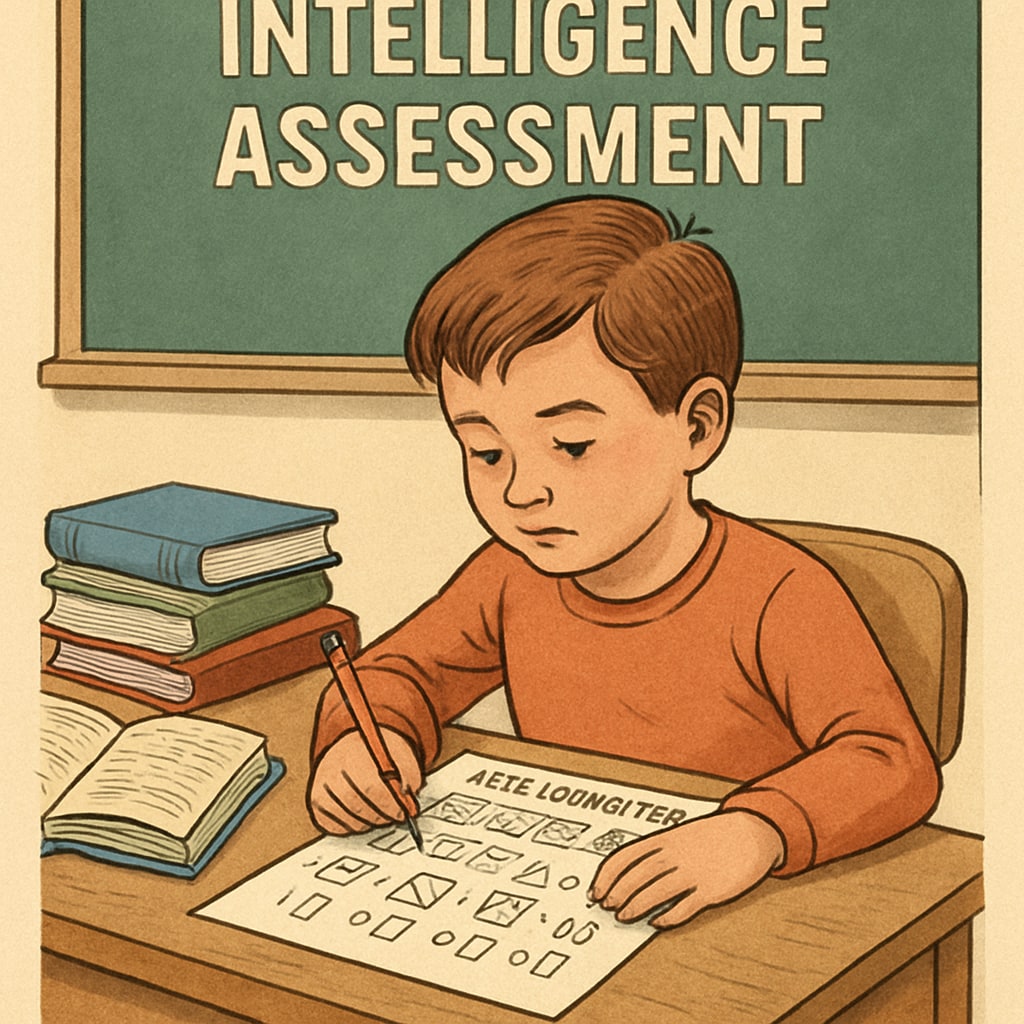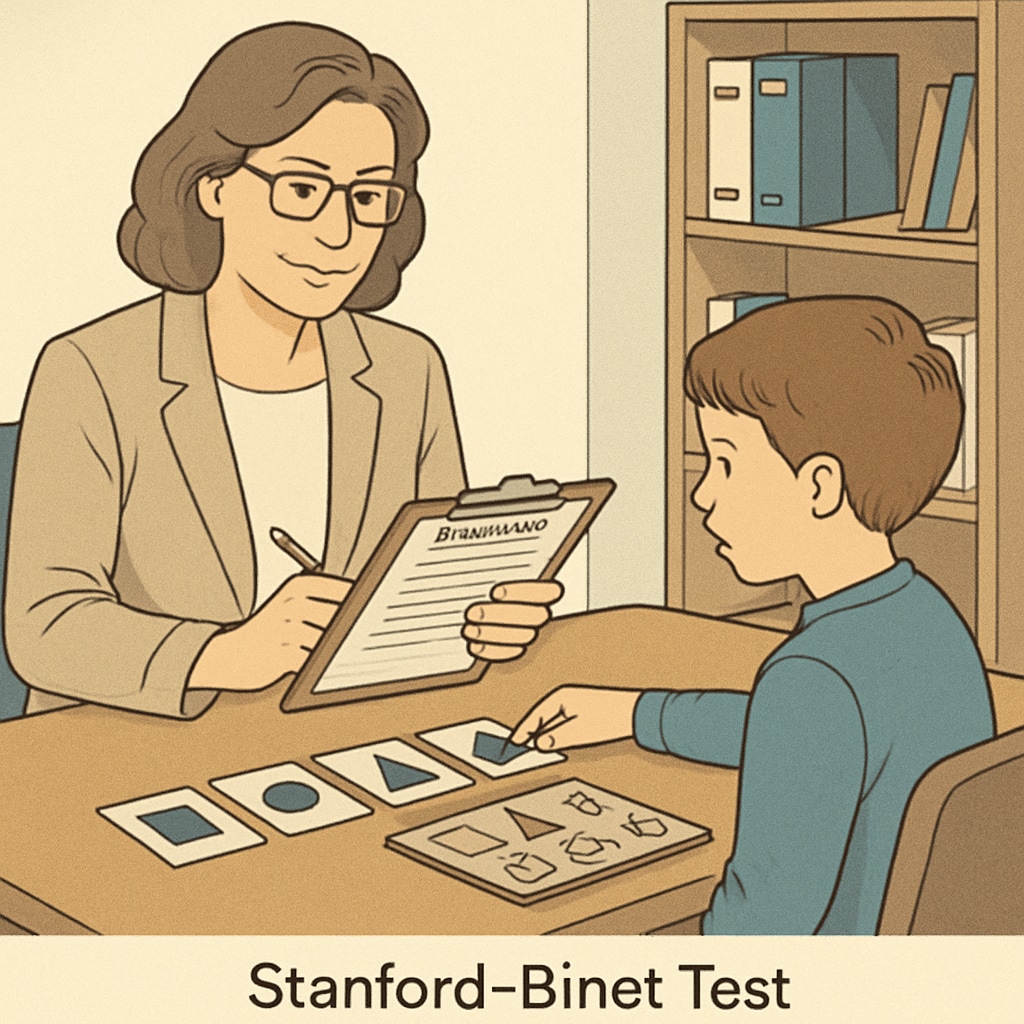Evaluating gifted children often begins with identifying their unique abilities through standardized assessments. Tools like CogAT, WISC, and Stanford-Binet have become gold standards for talent evaluation, each offering distinct advantages in understanding children’s intellectual, creative, and academic potential. In this article, we will compare these methods, explore their advantages and limitations, and provide a guide for selecting the most suitable tool to assess a child’s abilities effectively.
Understanding Talent Assessment: Why It Matters
Talent assessment is a critical step in recognizing exceptional abilities in children. It helps parents and educators tailor educational strategies to meet individual needs and foster development. For example, while some children excel in logical reasoning, others might shine in verbal communication or creative problem-solving. The right assessment tool can identify these strengths and support long-term success.

Comparing CogAT, WISC, and Stanford-Binet: Key Features
Several standardized tests have emerged as reliable tools for evaluating children’s talents. Here’s a comparison of the most widely used methods:
- CogAT (Cognitive Abilities Test): This test measures reasoning and problem-solving skills across three domains: verbal, quantitative, and nonverbal. It is often used in school settings to identify students for gifted programs. Strength: It evaluates a child’s ability to learn new concepts rather than just acquired knowledge. Limitation: Less focus on individual IQ scores.
- WISC (Wechsler Intelligence Scale for Children): A comprehensive IQ test that assesses verbal comprehension, working memory, processing speed, and perceptual reasoning. Strength: Detailed insights into cognitive strengths and weaknesses. Limitation: Time-intensive and requires skilled administration.
- Stanford-Binet Intelligence Scales: One of the oldest IQ tests, it measures five factors: fluid reasoning, knowledge, quantitative reasoning, visual-spatial processing, and working memory. Strength: Highly accurate for identifying intellectual giftedness. Limitation: May not account for creative or non-academic strengths.

Key Considerations When Choosing an Assessment Tool
Parents and educators should consider several factors when selecting a talent assessment method:
- Purpose of Assessment: Determine whether the goal is to identify academic potential, intellectual giftedness, or creative abilities.
- Age and Developmental Stage: Some tests, like the WISC, are designed for specific age groups, whereas others, like CogAT, accommodate a broader range.
- Test Administration: Ensure the test is administered by a qualified professional to guarantee accuracy and reliability.
- Cultural and Language Sensitivity: Choose tools that account for linguistic and cultural differences to avoid biased results.
- Budget and Accessibility: Consider costs and availability, as some tests may require specialized equipment or personnel.
The Future of Talent Assessment: Evolving Standards
As education evolves, so do assessment methods. Emerging tools integrate artificial intelligence and adaptive testing to provide more personalized evaluations. For instance, AI-assisted platforms can analyze patterns in learning and predict areas of growth, offering deeper insights into a child’s abilities. However, these advancements also raise questions about data privacy and ethical considerations, which must be addressed as the field progresses.
In conclusion, selecting the right talent assessment tool is essential for unlocking a child’s potential. Whether parents and educators opt for CogAT, WISC, Stanford-Binet, or newer AI-driven methods, the goal remains the same: to understand and nurture each child’s unique gifts and abilities effectively.
Readability guidance: This article uses short paragraphs, clear transitions, and a blend of lists and examples to enhance comprehension. Overuse of technical jargon is avoided, and insights are presented in a structured format for easy navigation.


